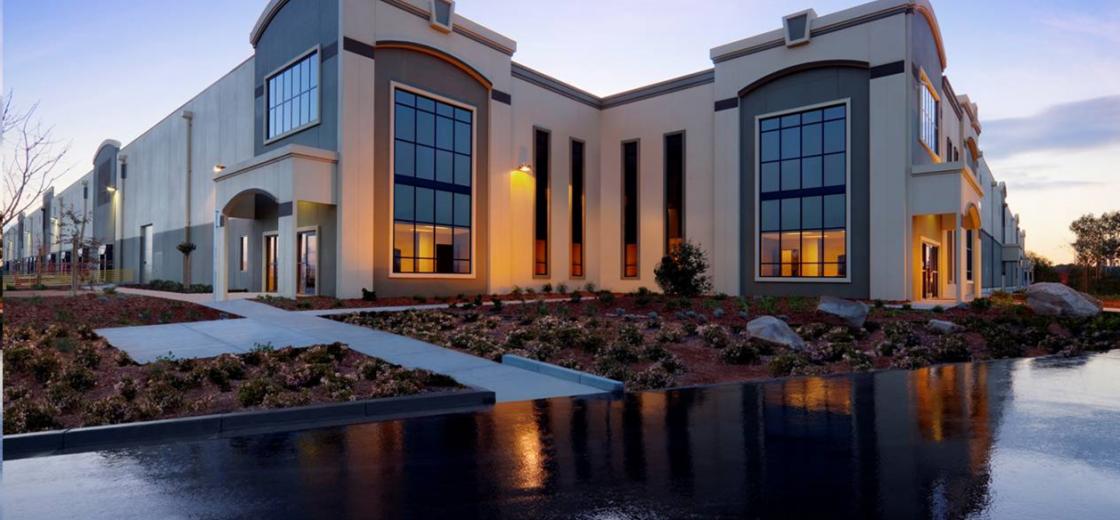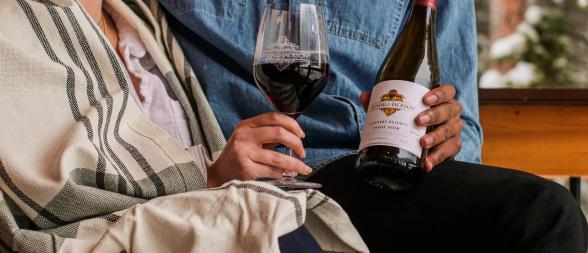
Going For LEED Gold: Reducing Our CO2 Footprint
The U.S. Green Building Council (USGBC) says buildings are responsible for the largest amount of carbon dioxide production – more than transportation and even more than industry.
CO2 Emissions
Buildings 39% 2.4 billion tons
Transportation 32% 1.9 billon tons
Industry 29% 1.8 billion tons
That is pretty amazing stuff if you remember the size of a ton of CO2. Most of those CO2 emissions come from burning propane or natural gas to heat water and from electricity use – in fact, almost ¾ of all U.S. electricity is used in buildings.
For the last couple of years we’ve been following the USGBC’s Leadership in Energy and Environmental Design (LEED) certification program. And now our new Napa County Distribution Center (NCDC), pictured above, is the only LEED Gold Certified refrigerated warehouse in the country.
LEED focuses on performance across a series of categories. I won’t bore you with the details (trust me—it’s VERY detailed and boring), but there are many cool aspects beyond just being energy efficient.
Points are awarded from LEED for things like protecting natural habitats: at the NCDC we almost doubled the existing wetlands to 1 ½ acres and added bioswales to capture rainwater runoff.
Building materials are a focus. And we scored big for recycling 84% of all construction waste. Using regionally sourced and recycled material is a focus; almost 1/3 of all our materials were recycled.
Once the walls are up, making it a comfortable and safe environment for employees is stressed. All our sealants, adhesives, paints, coatings and carpet systems are low-VOC.
We scored bonus points for using 44% less water than a comparable building. We got there by using drought resistant landscaping and installing a chemical-free water treatment technology for heating and air conditioning equipment. Had a typical chemical treatment system been used instead it would release 2,600 pounds of chlorine gas into the environment annually
Let’s finish where we started: energy use. The building uses 38% less energy than standard buildings, resulting in annual savings of almost 2 million kilowatt hours–enough to power over 300 homes. We also purchased Green energy for 100% for the rest of the building’s energy use.
At the end of the day, we learned a lot on this project and had a lot of fun building one of the “greenest” buildings in the country – and it looks pretty sweet too!





